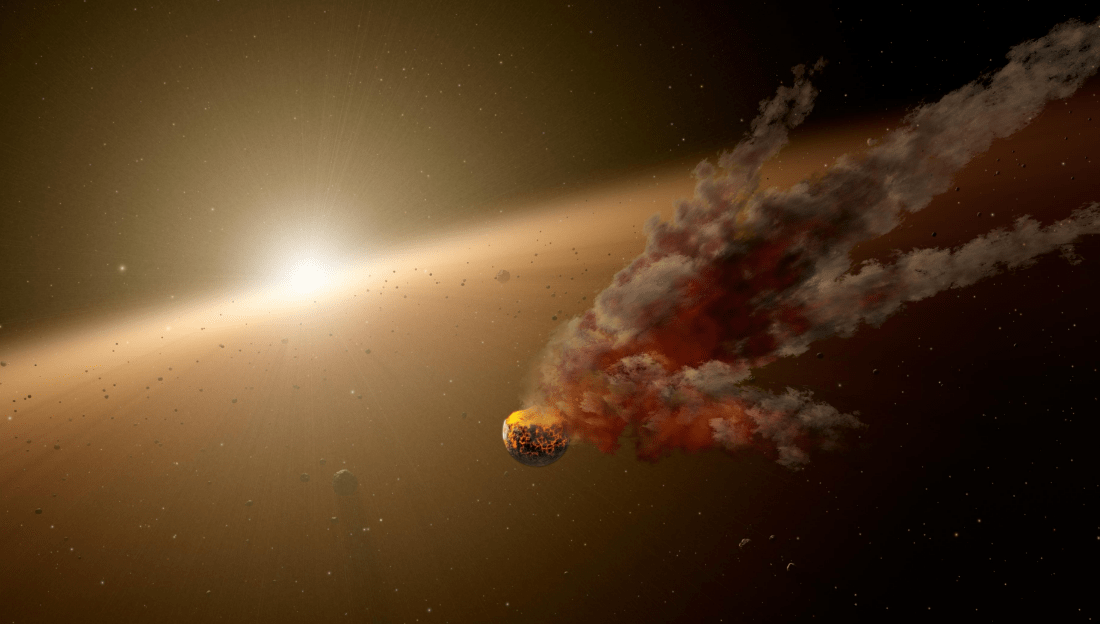Dyson spheres and rings have always held a special fascination for me. The concept is simple, build a great big structure either as a sphere or ring to harness the energy from a star. Dyson rings are far more simple and feasible to construct and in a recent paper, a team of scientists explore how we might detect them by analysing the light from distant stars. The team suggests they might be able to detect Dyson rings around pulsars using their new technique.
Continue reading “New Technique for Spotting Dyson Rings Unveiled.”New Technique for Spotting Dyson Rings Unveiled.





